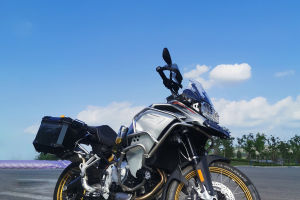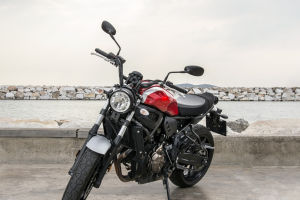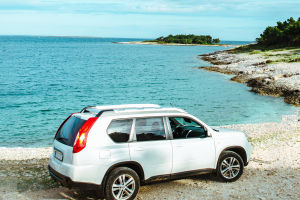Snowmobiles, specialized motorized vehicles crafted for winter snow travel and recreation, operate uniquely in their ability to navigate snowy terrains. Functioning by rotating on tracks, these vehicles offer unparalleled mobility across snow-covered landscapes.
Typically accommodating only one or two occupants, snowmobiles serve versatile purposes, including recreational use and practical applications such as surveillance and rescue missions, particularly in the context of ski resorts.
Their design and capabilities make them indispensable in navigating the challenging winter terrain, showcasing their significance beyond leisure as valuable tools for safety and assistance in snowy environments.
They are also widely used by outdoor players for winter outdoor sports and can be used for technical maneuvers such as jumping during outdoor adventure activities.
In 1911, Harold J. Kalenze, 24, patented a vehicle propulsion in Brandon, Manitoba, Canada. In 1915, Ray H. Muscott of Waters, Michigan, received a Canadian patent for his snowmobile auto, and the first U.S. patent was issued in 1916 for a snowmobile with a front ski and rear track.
In 1937, a snowmobile named "B7 model" was introduced for sale. This is how the Canadian province of Quebec, where Bombardier is headquartered, came to be known as the "birthplace of snowmobiles."
Early snowmobiles used simple rubber tracks, but modern snowmobile tracks are often made of composite materials.
Initially, snowmobiles were powered by two-stroke gasoline internal combustion engines, and after 2000, four-stroke engines were introduced into the market.
In the last 15 years, snowmobiles have undergone remarkable advancements, particularly in terms of their performance capabilities. By 2010, a notable shift was observed with the introduction of snowmobiles equipped with engines displacing up to 1200CC, generating an impressive 150 horsepower. Furthermore, there are now several models boasting 1000CC engines that produce around 180 horsepower.
These enhancements have significantly elevated the power and efficiency of snowmobiles, enabling them to navigate challenging terrains with greater ease. The increased horsepower not only facilitates smooth rides over diverse snowy landscapes but also empowers snowmobiles to conquer steep hills without the risk of sliding down slopes, showcasing the substantial progress made in the technology and design of these winter recreational vehicles.
It is fair to say that the origin of the snowmobile was not the work of any one inventor but rather a progressive process of engine propulsion and auxiliary devices on snow. This also parallels the development of the automobile and later aviation.
In winter, people often experience this activity in tourist areas near ski resorts and recreational areas used for snowmobiling.
Snowmobiles are the primary means of winter transportation, such as in the northern United States, Canada, Hokkaido, Japan, and the Arctic region.
However, snowmobile designs were not economical and practical enough to withstand the harsh conditions at an early stage. After continuous modification and optimization, they become a relatively economical way to transport small loads.
According to the International Snowmobile Manufacturers Association, more than $28 billion is spent on snowmobiles in Canada and the United States each year.
This includes spending on equipment, clothing, accessories, snowmobile vacations (lodging, fuel, and food), maintenance, etc. Sometimes, this is the only source of income for some small towns.
Where snow cover is stable in winter, most snowmobiles are used for recreational purposes.
Beyond Europe and the United States, the presence of snowmobiles is gradually increasing, although their prevalence is not as widespread. In numerous countries and regions, the regulations for obtaining a license to operate a snowmobile are comparatively lenient. Even in situations where snowmobiles share similarities with motorcycles but do not meet the required criteria for motorcycle classification, there is often no legal obligation to hold a driver's license for operating them in public areas.
This leniency in licensing requirements reflects a common practice in numerous areas where individuals can enjoy snowmobiling without the stringent regulations associated with traditional motor vehicles, contributing to the growing popularity of this winter recreational activity.


